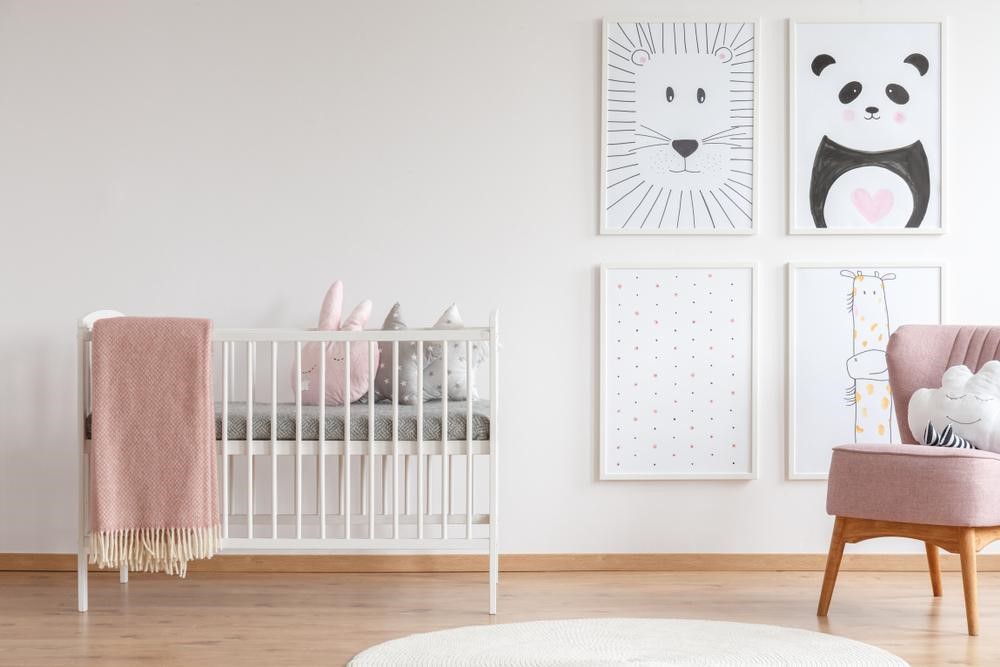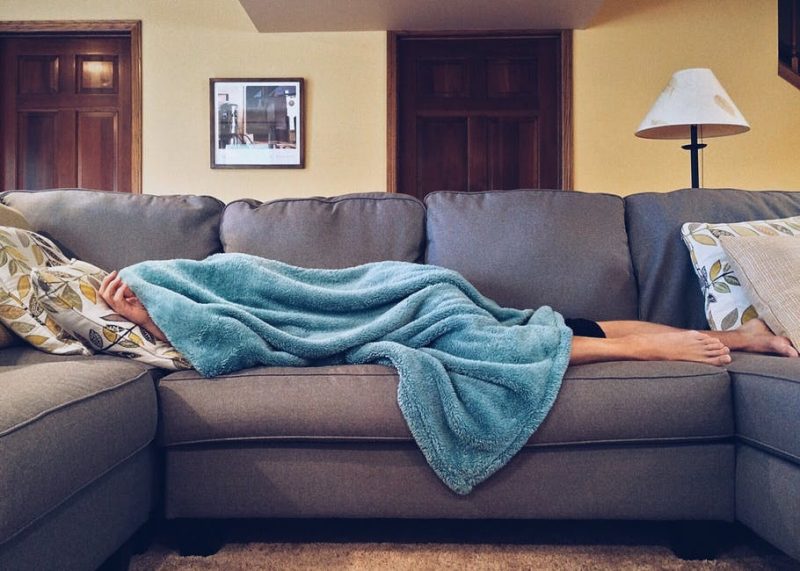6 Tips for Creating the Ideal Sleeping Space for Your Baby
When you’re preparing for the arrival of your brand-new bundle, you’ll notice that a good amount of the advice you receive will center around sleep. Indeed, how your baby sleeps has a major impact on how she feels, and we all know a well-rested baby makes for a well-rested parent! The fact that good-quality sleep keeps baby cheerful and fuss-free is only half the reason why creating the perfect baby sleep space is so important. There’s also the fact that the wrong sleep environment can be downright dangerous for your newborn. Here are some quick tips for creating a soothing and safe sleeping sanctuary for your sweetie, with advice on proper baby bedding, sleepwear and soothing aids.
- Follow all AAP Safe Sleep Recommendations—The most important thing you can do when designing baby’s nursery is to be sure that you’re following all American Academy of Pediatrics (AAP) Safe Sleep Recommendations, which are designed to protect against sleep-related infant deaths. Consider the organization’s guidelines the bible of safe sleep for baby. Make sure to read the most up-to-date guidelines in their entirety to ensure you have the best information. HealthyChildren.org, the website of the AAP, has plenty of useful information on how to get baby to sleep safely. Here are the most important points from the latest recommendations:
- Place baby on her back on a firm sleep surface with a tight-fitting sheet designed specifically for your baby’s mattress size.
- The crib should be empty besides the sheet. Don’t let baby sleep with pillows, soft bedding, blankets, bumpers or toys.
- Never co-sleep before the age of 1. Baby should have her own sleeping surface but should share a bedroom with parents.
- Babies should sleep on their backs at all times until their first birthday.
2. Pick Comfortable and Safe Sleepwear—Next to the crib environment, what your baby wears is the most important aspect of keeping him or her safe and cozy at night and naptime. Buy baby sleepwear that fits your little one snugly and has feet (footed pajamas) so that there’s no risk that the clothing could cover baby’s face and cause suffocation. Pay attention to materials—you can’t go wrong with 100 percent cotton sleepers that are soft on baby’s skin—and make sure there are no scratchy appliques or cold, coverless zippers that could disrupt sound sleep. Note that, if it’s cold out, baby can be swaddled or use a wearable blanket.
3. Don’t Co-Sleep But Share a Room—Co-sleeping is a hot-button topic among parents, but there is no real debate. The facts and data are all you need, and they suggest that co-sleeping is dangerous in the first year of life. According to the Centers for Disease Control (CDC) and the AAP, babies should share a room but not a bed in early years of life. The AAP reports that room-sharing decreases the risk of Sudden Infant Death Syndrome (SIDS) by 50 percent but that babies sleeping in their parents’ bed are at a significantly higher risk of death from suffocation and other causes.
4. Provide Soothing Accessories—It’s perfectly safe to allow your baby to use her pacifier at night or naptime, so long as you don’t attach it to her sleeper or keep it around her neck with a string. There are a few other things you might want to use to encourage baby to get to sleep quicker and for longer, such as a sound machine. While babies need quiet to sleep, some light ambient noise can help recreate the sound of being in the womb and may help to cover up more distracting household noises.
5. Think About Temperature—At the end of the day, babies are humans. They’re going to sleep better when they’re comfortable and when there’s not much to distract them. Be sure that baby’s bassinet or crib is somewhere cool (between 68 and 72 degrees Fahrenheit, ideally), dark and quiet. We recommend using a tabletop or wall thermometer in the nursery so you always know the temperature and be sure that you’re properly, safely dressing baby so that she’s at a comfortable temperature if it’s particularly hot or cold outside. To keep the room cool and provide some white noise at the same time, consider installing a ceiling fan—fan use during sleep has been associated with a 72 percent reduction in SIDS!
6. Keep the Room Dark—Finally, know that light—whether from the sun, light fixtures or devices with a bright glow—can prevent your baby from sleeping. It’s important that you create a nursery environment that’s as dark as possible at all sleep times, including at night and naptime. This not only helps baby calm down and prevents distractions, but it also helps train little ones that, when it’s dark—i.e., when the sun goes down—it’s time to sleep. And we all know that anything we can do to get our kids to sleep at bedtime is worth the extra effort!
Making Decisions with Confidence
In the first few months of baby’s life, you’ll spend plenty of time in the pediatrician’s office. This is good news for first-time parents who constantly have questions. Besides emergencies and pressing issues, try to save your questions for the doctor during weekly or monthly check-ups and never rely on online parenting forums for answers. Remember to always refer back to the AAP’s Safe Sleep Recommendations and the CDC’s Safe Sleep for Babies guidelines if you need more info about bedtime safety. If you have more questions, be sure to call your pediatrician for the best advice.






Pingback: 5 Little Tricks to Make Your Baby Sleep Better - Night Helper